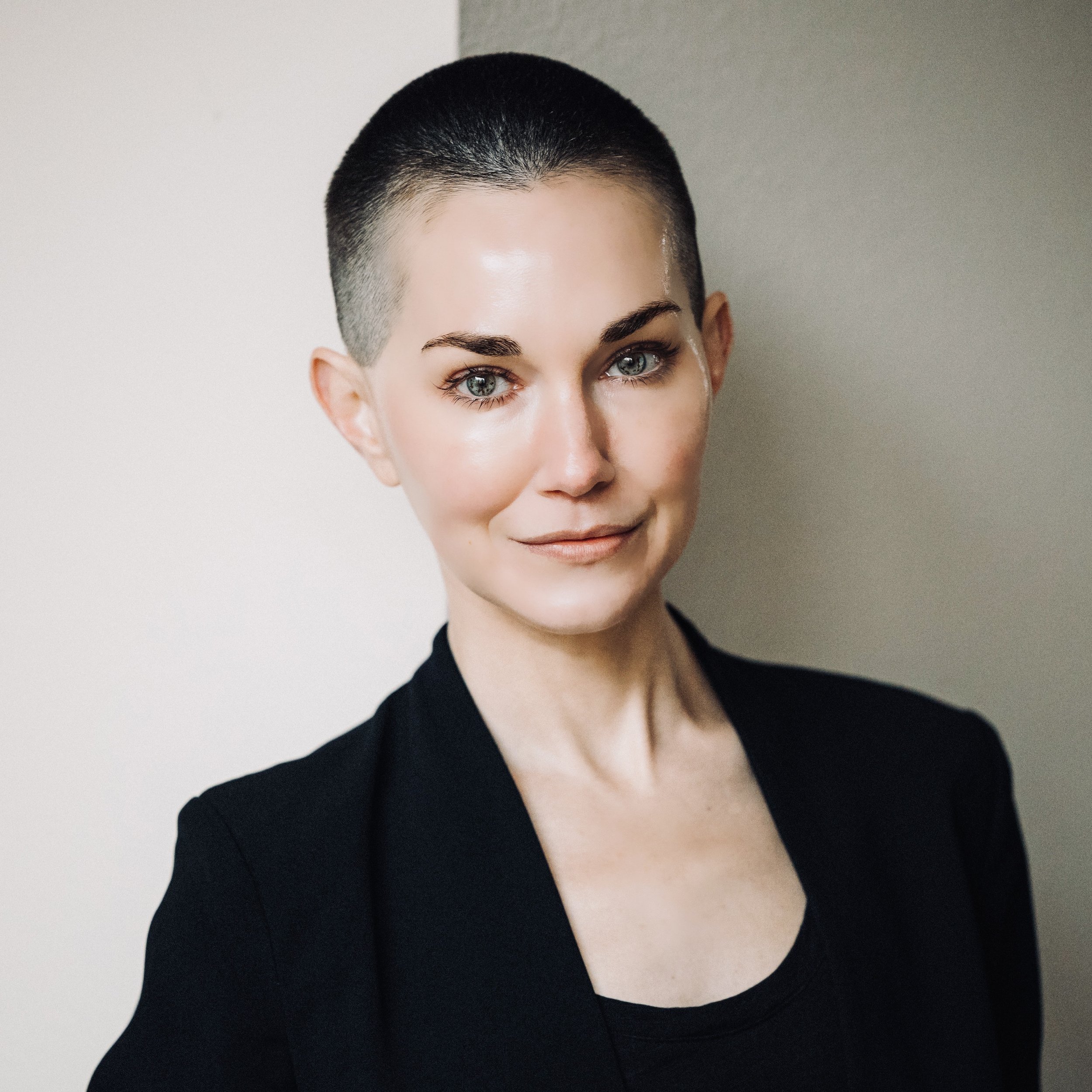Empowering children in response to the world
From the ages of eight to eighteen, I became increasingly aware of the changing cultural perception of bullying. Where once bullying was considered an inevitable rite of passage to one's teenaged years, those whose interest was the care of America's youth – parents, teachers, and child psychologists – were beginning to question the casual framing of targeted malicious acts among children and its potential impact on the emotional state of those at the center of the bullseye.
As a child prone to being bullied for reasons much outside my control, this awareness felt like a reprieve, even if only championed by my internal self.
At twelve I remember watching coverage by a local news syndicate regarding revisions to school policies in response to bullying. Seattle schools were touting a "No tolerance" policy, and soon similar plans were placed among the whole of U.S. public schools.
Bold administrative-led missions based in social acceptance spread across the nation like an all-inclusive, country-wide pep rally, and I wanted to believe in the meaning and strength of the statements; I wanted to feel safe.
But, I didn't.
Even as a child, I realized words rarely amounted to actions, particularly when delivered by those with vested interests in a specific outcome, like maintaining a professional role or financial solvency, or both.
This past school year, my eight-year-old son encountered his first bout of intentional hate. A group of three boys encouraged another – a mentally impaired child – to steal my son's down jacket and stuff it within the bowl of a toilet in the boy's restroom.
My son was momentarily broken by the experience – resulting in weeks of social uncertainty. He wanted to understand the boys' actions. Confused and unsettled, he voiced the painfully honest realizations of a child, hurt, wondering, "Why would they do that?" Noting in shame, "I don't ever want to wear that jacket again."
So together, he and I held a ritual of destroying the jacket.
I placed our kitchen's garbage can in the middle of our living room, and proposed he force the jacket to the depths of the metal can. He laughed, delighted by my request to destroy something with intention. In the moment, I met his eyes and said, "I want you to say, 'Fuck that jacket.'"
He faltered at first, unsure of the safety in using otherwise off-limits words, but soon we were laughing through shared turns of commanding, "Fuck that jacket!" It felt good.
While the effort to reframe my son's first experience with bullying was evidently satisfying, I still see glimpses of the pain caused by the actions of his classmates. As a parent, these scenarios come with a dueling sense of acceptance and denial – we perceive the value in a child's realization of the potential for hatred and its associated behaviors, while simultaneously wishing to protect them from the darkness.
Ultimately, we want to empower our children to meet these moments with confidence and resilience; to raise a generation that feels collective accord and safety in interpersonal interactions – inspired by the potential goodness of community.
And we must continue this conversation.




